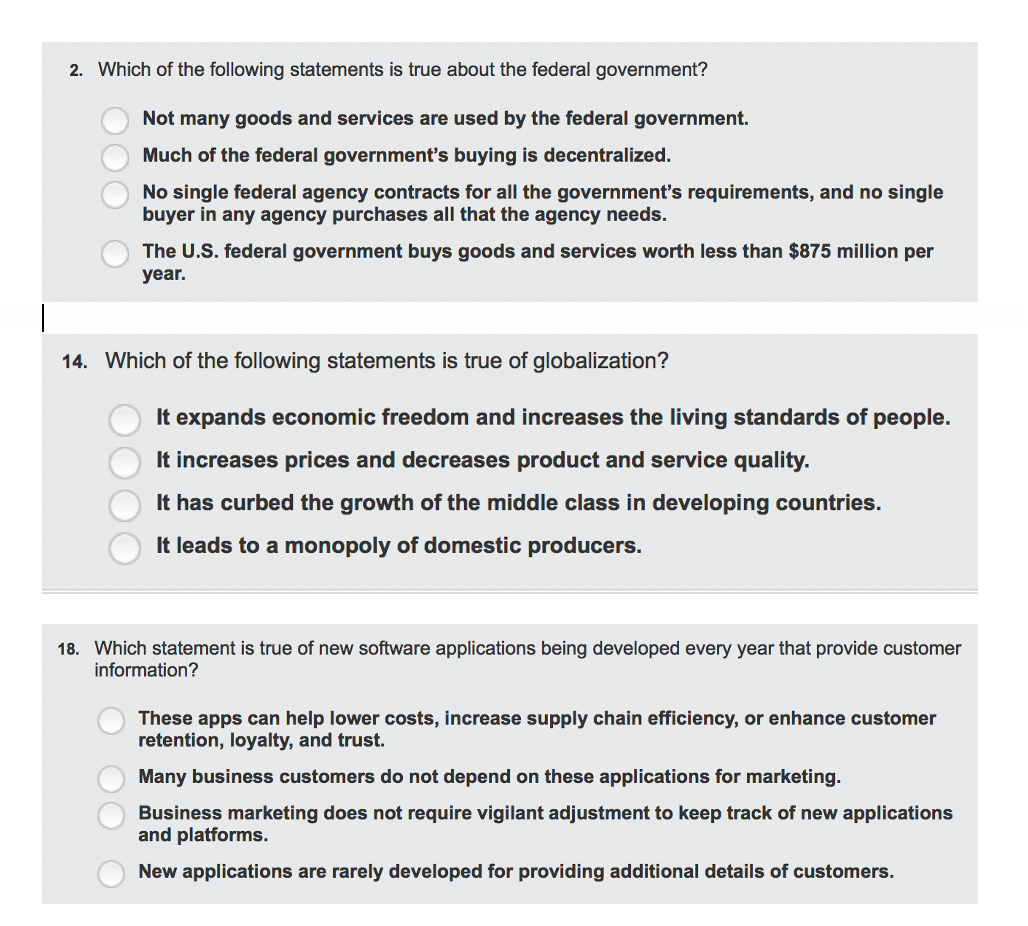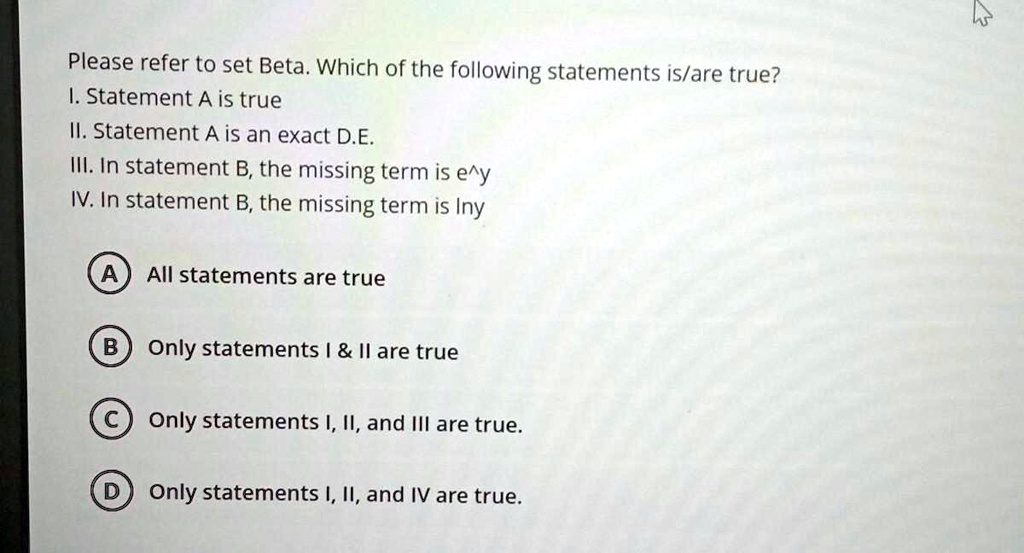Which Of The Following Statements About States Representativeness Is True

The question of how accurately state governments represent their populations is a cornerstone of American democracy. Claims about state representativeness are constantly debated, fueled by shifting demographics and evolving political landscapes. Disentangling truth from perception requires a careful examination of various factors, from voter turnout to legislative composition.
This article delves into the complexities of state representativeness, analyzing claims related to demographic parity, policy responsiveness, and electoral fairness. Understanding the strengths and weaknesses of our state-level political systems is crucial for fostering a more inclusive and equitable society. By examining data from reputable sources and exploring different perspectives, we aim to shed light on which statements about state representativeness hold true.
Demographic Representation: A Question of Parity
One common measure of representativeness is the extent to which the demographic makeup of a state's government mirrors its population. Ideally, the percentage of women, racial minorities, and other groups in the legislature should roughly align with their proportion in the state. However, perfect parity is rarely, if ever, achieved.
Data from organizations like the National Conference of State Legislatures (NCSL) consistently reveals underrepresentation of certain groups. While progress has been made, women and racial minorities still face significant barriers to holding elected office in many states.
For example, consider states with large Latino populations. The Pew Research Center has noted that while the Latino population has grown significantly in states like California, Texas, and Florida, their representation in state legislatures often lags behind. This disparity raises concerns about whether the needs and concerns of Latino communities are adequately addressed in policy-making.
Moreover, socioeconomic factors also play a role. Individuals from lower socioeconomic backgrounds often face challenges in running for office, further skewing the demographic representation in state governments. Campaign finance laws, access to resources, and the time commitment required for campaigning can disproportionately affect those with fewer financial means.
Policy Responsiveness: Are States Listening?
Beyond demographic representation, the responsiveness of state governments to public opinion is another crucial indicator. Do state policies reflect the preferences of the majority of their constituents? This is a complex question, as public opinion itself can be multifaceted and subject to change.
Polling data can provide some insights. Organizations like Gallup and state-level polling groups regularly survey residents on a wide range of issues, from education and healthcare to taxes and environmental regulations. Comparing these poll results with actual policy outcomes can reveal instances where state governments are either aligned with or diverging from public opinion.
However, it's important to recognize that public opinion is not monolithic. Different groups within a state may hold conflicting views on various issues. The challenge for state governments is to balance competing interests and make policy decisions that are perceived as fair and equitable.
Furthermore, the influence of special interest groups and lobbying efforts can significantly impact policy outcomes. Well-funded lobbies can exert considerable pressure on state legislators, potentially leading to policies that benefit a select few at the expense of the broader public interest. The Brennan Center for Justice has extensively documented the role of money in state politics.
Electoral Fairness: Ensuring Equal Access to the Ballot Box
The fairness and accessibility of state electoral systems are fundamental to ensuring representativeness. Voter ID laws, registration requirements, and early voting options can all have a significant impact on voter turnout, particularly among marginalized communities. The question about voter suppression is often raised when these policies are viewed as restrictive.
States with strict voter ID laws, for example, may experience lower turnout rates among low-income voters and racial minorities who are less likely to possess the required identification. The impact of these laws is a subject of ongoing debate, with some arguing that they are necessary to prevent voter fraud, while others contend that they disproportionately disenfranchise eligible voters.
Similarly, registration deadlines and limitations on early voting can create barriers to participation, especially for individuals with demanding work schedules or limited access to transportation. Automatic voter registration and same-day registration are often proposed as solutions to increase voter turnout and promote greater representativeness.
Furthermore, gerrymandering, the practice of drawing electoral district boundaries to favor one political party over another, can distort the representation of voters. Highly gerrymandered districts can lead to situations where the party with the most votes overall does not win the majority of seats in the legislature. Organizations like the Campaign Legal Center are actively working to challenge gerrymandering in courts across the country.
Conclusion: A Continuous Pursuit of Improvement
Assessing state representativeness is an ongoing process. There is no single, definitive answer to which statements about state representativeness are universally true. However, analysis of demographic data, policy outcomes, and electoral laws reveals that states often fall short of ideal representativeness. Significant disparities exist in terms of demographic parity, policy responsiveness to diverse interests, and access to the ballot box for all citizens.
Efforts to improve state representativeness must focus on addressing these shortcomings. This includes promoting greater diversity in state legislatures, reforming campaign finance laws to reduce the influence of special interests, and implementing electoral reforms that enhance voter access and participation. Ultimately, the goal is to create state governments that truly reflect the will and needs of all their residents, fostering a more just and equitable society.
The pursuit of perfect representation may be an ideal, but the ongoing efforts to identify and address the shortcomings in our state-level political systems are vital for ensuring that all voices are heard and valued.








